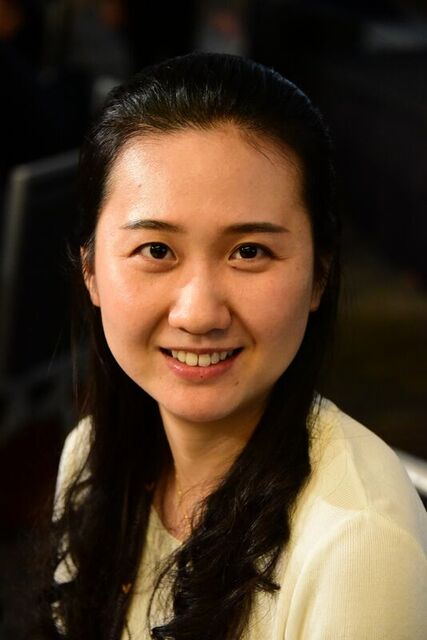
Dan Xu has spent the past couple of years working on naturalistic driving study (NDS) data applications. This is the focus of her doctoral dissertation work at Auburn University. NDS enables researchers to evaluate human driving behaviors and characteristics using advanced instrumentation under real-world driving conditions.
Xu is currently working on a STRIDE-funded project related to NDS. The project is titled “Evaluation of Work Zone Mobility by Utilizing Naturalistic Driving Study Data, Phase II”. The principal investigator leading this project is Dr. Huaguo (Hugo) Zhou, of Auburn. Their study was selected as the 2020 Best Paper Award by TRB’s Standing Committee on Human Factors of Infrastructure Design and Operations (ACH40) and will be published in TRR. The paper also won Second Place in the General Member Technical Paper Competition by SDITE.
“The NDS data provides a unique opportunity to study car-following models for different driver types in different work zone configurations,” Xu said.
However, driver characteristics such as gender, age group, risk perception, and more are not always available using the traditional roadside data collection methods. Work zone mobility studies mainly use simulation-based methods or use field data that has been collected to estimate and predict work zone capacities, but they do not consider driver characteristics.
“Driver characteristics can be a very important factor to estimate the work zone capacity, because different driver types react differently to work zones, which result in different car-following behaviors,” Xu said. “We would like to evaluate the work zone mobility considering driver characteristics.”
To date, Xu’s research has showed that car-following behaviors are highly variable based on gender, age, and risk perceptions, which affect work zone capacity. She has also found that headways are different at consecutive work zone sections and believes selecting the appropriate headway would help in predicting work zone capacity when plugged into the simulation models. Time headway is defined as the time between to consecutive vehicles (in seconds) when they pass a point on a roadway.
“These findings suggest that work zone capacity may be modeled more accurately if separate headway distributions are constructed for different driver characteristics,” Xu said. “Such headway selection is essential to replicate the real-world variability and ultimately capture more accurate estimates of capacity.”
When speed in work zones was taken account in the simulation models, Xu’s research shows that road shoulder closure did not have a significant impact on speeds under non-breakdown conditions. Another interesting finding included a linear correlation between speed and 1/headway.
This research generated headway selection tables for different driver types at four work zone types (lane closure (LC) 2-1 and LC 3-2, and shoulder closure (SC) 2-2 and SC 3-3). Headway distributions were compared before, during and after work zone areas (500 ft upstream, advanced warning area, transition area, activity area, termination area, and 500 ft downstream).
Xu and her doctoral dissertation adviser, Dr. Zhou, are currently working to identify the speed-flow-density relationships of different work zone configurations by applying the fundamental traffic flow theory and work zone capacity method in the Highway Capacity Manual (HCM).
“The results of this study will be applied to calibrate and improve work zone related planning and simulation tools,” Xu said.
It is expected that the results of the research will help transportation agencies make better decisions in work zone planning by considering driver characteristics and mitigate delays at work zones.